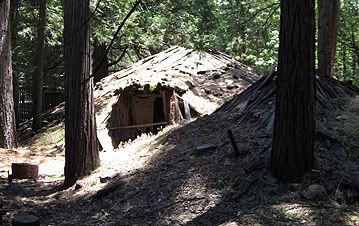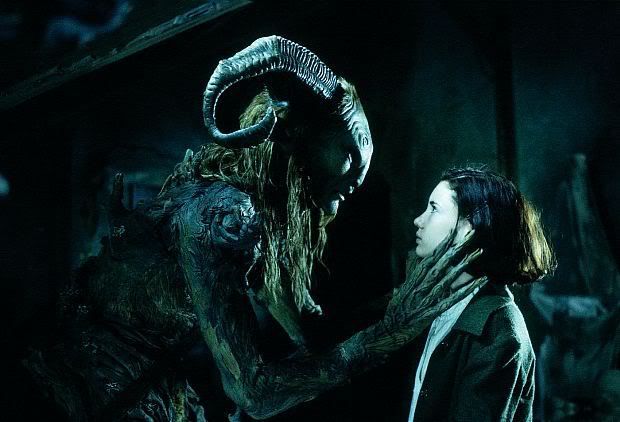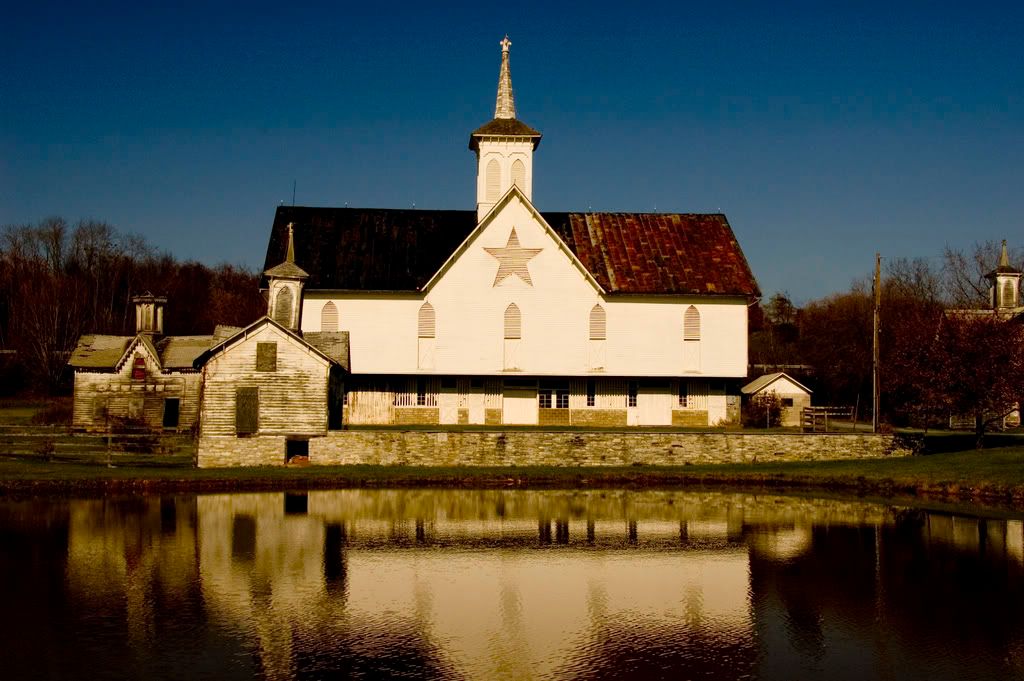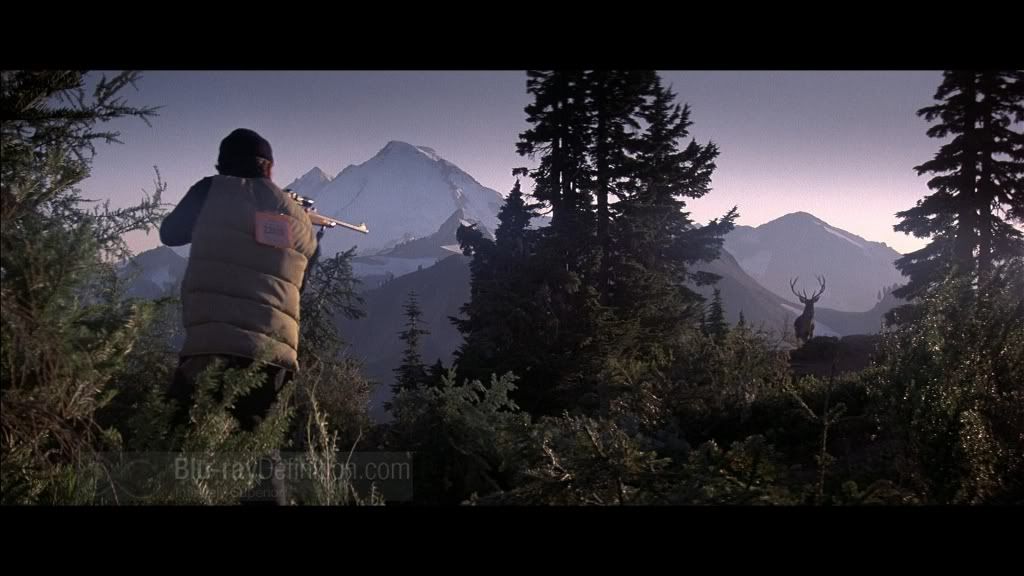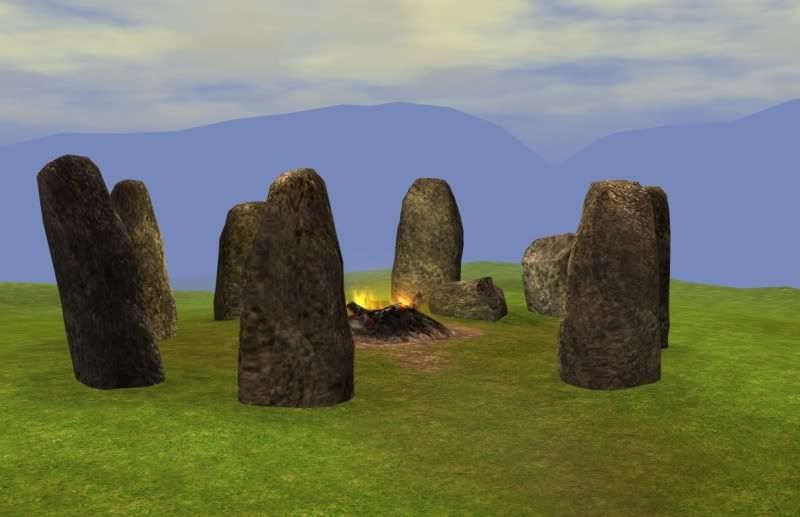Ann Killion - San Francisco Chronicle - October 20, 2013
New Orleans --
Down on the floor of the Superdome, with time ticking down, quarterback Montana coolly led his team down the field, ripping off first down after first down, making plays with his arm and his feet. When the game-winning field goal was good, Montana lifted his arms in triumph.
Up in the stands, Joe Montana also stood and cheered, along with his wife Jennifer. Their son Nick was the calm two-minute master of the Superdome this month, leading Tulane to a homecoming victory, despite playing the final part of the game with an injured shoulder.
"He was the best at that," Nick Montana said of his father's late-game heroics. "If I could be anywhere near that, it would be nice. But I felt pretty calm out there."
It's a fact of life for the 21-year old junior that, thanks to the name on the back of his jersey and the DNA in his body, he'll always be compared to arguably the greatest quarterback of all time.
"I feel bad for him, with that part of it," Joe said. "It's hard, expectations-wise."
But the Montanas, who live in San Francisco yet are in the stands for every Tulane game, feel good that Nick has found a program where he can play. And where he is, so far, having success.
After years of being at the bottom of the Division I pile, and a rebuilding project in the aftermath of Hurricane Katrina, Tulane football is experiencing a resurgence. A new coach, a new stadium being built on campus (to open in 2014) and a quarterback named Montana have helped bring winning college football back to New Orleans.
Though Nick's shoulder injury forced him to sit out last week, Tulane won again and at 5-2 is one win from bowl eligibility for the first time since the 2002 season.
Nick's path has been roundabout. He first attended De La Salle High in Concord, but after his older brother, Nate, graduated he urged his parents to help him find a program where he would get a chance to pass the ball and have a shot of playing in college. Nick transferred to Oaks Christian in Southern California and became a four-star recruit. He chose the University of Washington, in part because he knew coach Steve Sarkisian from football camps at USC and because, with Jake Locker's pending departure, there was an opportunity at quarterback.
But in his redshirt freshman year, Nick lost the starting job to Keith Price, who has helped Washington gain a top-20 ranking.
"He saw the writing on the wall," Jennifer said. "To his own admittance, he took too much for granted. It was a big learning curve for him. A nice, humiliating experience. He understands it takes a lot more."
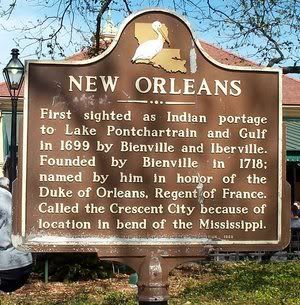 Once again, Nick asked his parents to help him transfer, this time to a junior college so that he could play rather than sit out a year.
Once again, Nick asked his parents to help him transfer, this time to a junior college so that he could play rather than sit out a year."He didn't want to sit," said Joe, who never wanted to sit during his own career. "Sitting out bothered him more than playing at a JC. Our hats are off to him. He could have failed."
Joe and Jennifer, like so many parents, felt they could have done things differently for Nate, who was a backup at Notre Dame and started pursuing a chance to play too late.
"We knew not to make the same mistakes with Nick," Joe said.
Nick took the opportunity at Mount San Antonio College in Walnut (Los Angeles County) and turned it into a springboard back into Division I.
"It was definitely humbling," Nick said. "It was tough, but it was a good experience."
Nick wanted a school where he could get a chance to compete as a transfer. His parents liked Tulane because of its strong academics. Nick was also excited about the offensive philosophy at Tulane: Second-year coach Curtis Johnson was the wide receivers coach for the Saints and uses the Saints' offense.
"Drew Brees was one of my favorite quarterbacks growing up," Nick said.
Nick is too young to remember his father playing. He wasn't alive when Joe won Super Bowl XXIV in the Superdome, where Tulane plays its home games. He doesn't realize how his new town was tortured by his father's winning ways against the Saints.
In fact, for years, Nick resisted Joe's advice.
"Yeah, I went through that whole stage: 'He's my Dad, what does he know?' " Nick said. "It took me awhile before I realized I should go and ask him questions any chance I get."
Joe didn't offer too much unsolicited input.
"Still, even back in Pop Warner, the coaches had high expectations," Joe said. "Did they think I was teaching him how to take snaps in the backyard?"
The Montanas' oldest child, Alexandra, is in law school at Loyola Marymount. The second, Elizabeth, has been inspired by her brothers' pursuit of their dreams to chase her own, trying to become an actress. Nate, who had a tryout at pro day with the 49ers last spring but wasn't invited to camp, has returned to the University of Montana to finish his degree.
Nick's parents say he has always been a master of disguise, introducing himself by fake names and playing practical jokes on the phone by pretending to be someone else. When he arrived at Tulane he introduced himself to other students as simply Nick.
"He's just trying to fit in," Jennifer said.
He purposely doesn't wear No. 16. But there's no escaping the name on the back of the jersey.
Ann Killion is a San Francisco Chronicle columnist. E-mail: akillion@sfchronicle.com Twitter: @annkillion
.


